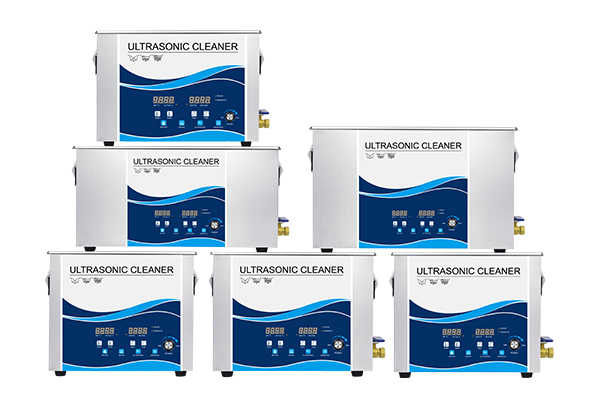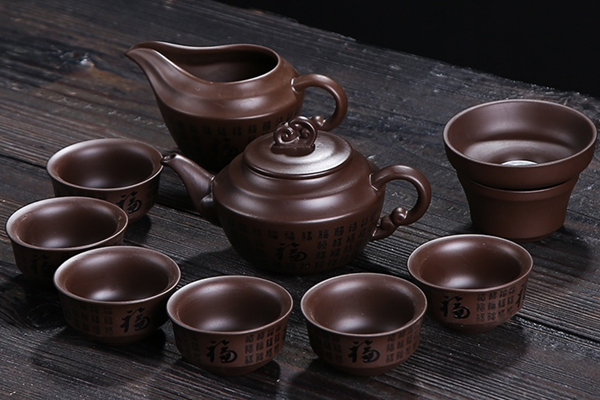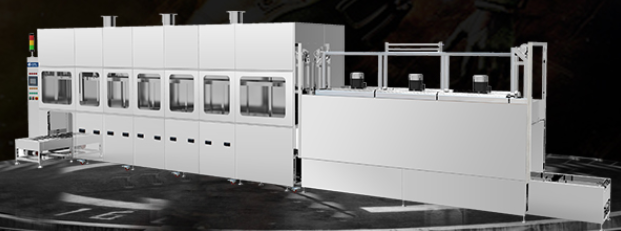In today’s industry, copper is used in a wide range of applications, most of which are made into containers, pipes, valves, wires and other products. Copper is a material that reacts easily with carbon dioxide, water and other substances to produce oxidation, and copper products exposed to the above environment for a long time will gradually form a patina on its surface. For this reason, it is necessary to remove the oxidized patina from the surface of copper products during processing. However, conventional cleaning methods in addition to the patina process there are different problems, such as mechanical cleaning can not achieve a high degree of cleanliness, and may even leave obvious cleaning traces; using strong acid cleaning, in addition to the patina process is easy to produce three waste phenomenon, has a certain impact on the environment, but also may damage the original color of copper parts. So, the ultrasonic cleaner can be in addition to copper rust?
Ultrasonic waves in the cleaning fluid propagation, prompting the cleaning fluid in the tiny bubble rapidly increased and burst, resulting in ultrasonic cavitation effect. When the bubble burst can produce thousands of atmospheric pressure shock wave, under the continuous action of ultrasonic waves, it will be repeatedly impacted on the surface of copper products patina layer, and then prompted the patina from the surface of the cleaning parts and dispersed into the cleaning liquid. At the same time, the ultrasonic cavitation effect will form a high-speed micro-jet in the copper products and cleaning liquid boundary surface, can remove or weaken the boundary patina, but also strengthen the chemical cleaning effect of the cleaning agent, accelerate the speed of the solvent patina, shorten the cleaning time. In addition, where the cleaning liquid is contacted, ultrasonic cleaning can play a role, so the ultrasonic cleaner is not limited by the complex shape of copper products, such as small holes, grooves, slits or blind holes, these parts can not be cleaned with other methods, ultrasonic cleaning are able to obtain a good cleaning effect.
Ultrasonic cleaner can remove copper rust? In the past ten years or so, the field of ultrasonic cleaning has been a major technical innovation, after the ultrasonic cleaning field of all workers work together to improve the ultrasonic cleaning safety factor, to complete the workpiece surface dirt can be cleaned, without harming the surface of the workpiece technology changes, so that ultrasonic cleaning technology in various fields to obtain a wide range of applications. It can be seen that the ultrasonic cleaner is a kind of cleaning machine that can completely remove the surface patina of copper products without damaging them. Ultrasonic cleaning technology compared with other methods, with the advantages of fast cleaning speed, high quality, convenience, and easy to complete automated cleaning, can effectively help manufacturers of copper products to improve production efficiency and save cleaning costs.
So why ultrasonic cleaning machine cleaning copper parts will be discolored?
It is possible that the copper parts cleaned by ultrasonic cleaning machine has long been corroded, resulting in the free state of copper ions and attached to the copper parts, there will be a red situation. First alkaline detergent degreasing water wash clean and then over an antioxidant solution can be. If it has been discolored first remove the oxide layer and then do antioxidant. After ultrasonic cleaning machine cleaning, and then dry, dry in the brass surface to hexavalent chromium-based passivation film, so as to maintain stability in the air is not easy to change color, with aqueous solution of Libai again after the cleaning of the passivation film has been destroyed, so soon the surface of the copper alloy is oxidation discoloration. Secondly, the solution is alkaline, brass is not pure color, always contains other metals, such as zinc (also including lead) is amphoteric metal, they will change with acid and alkali, once subject to alkaline etching not only discoloration, over time will also be corroded.
This kind of problem can be completely through the metal handbook, engineering materials and other books to identify the cause




